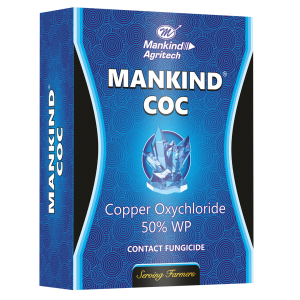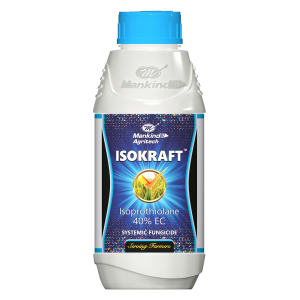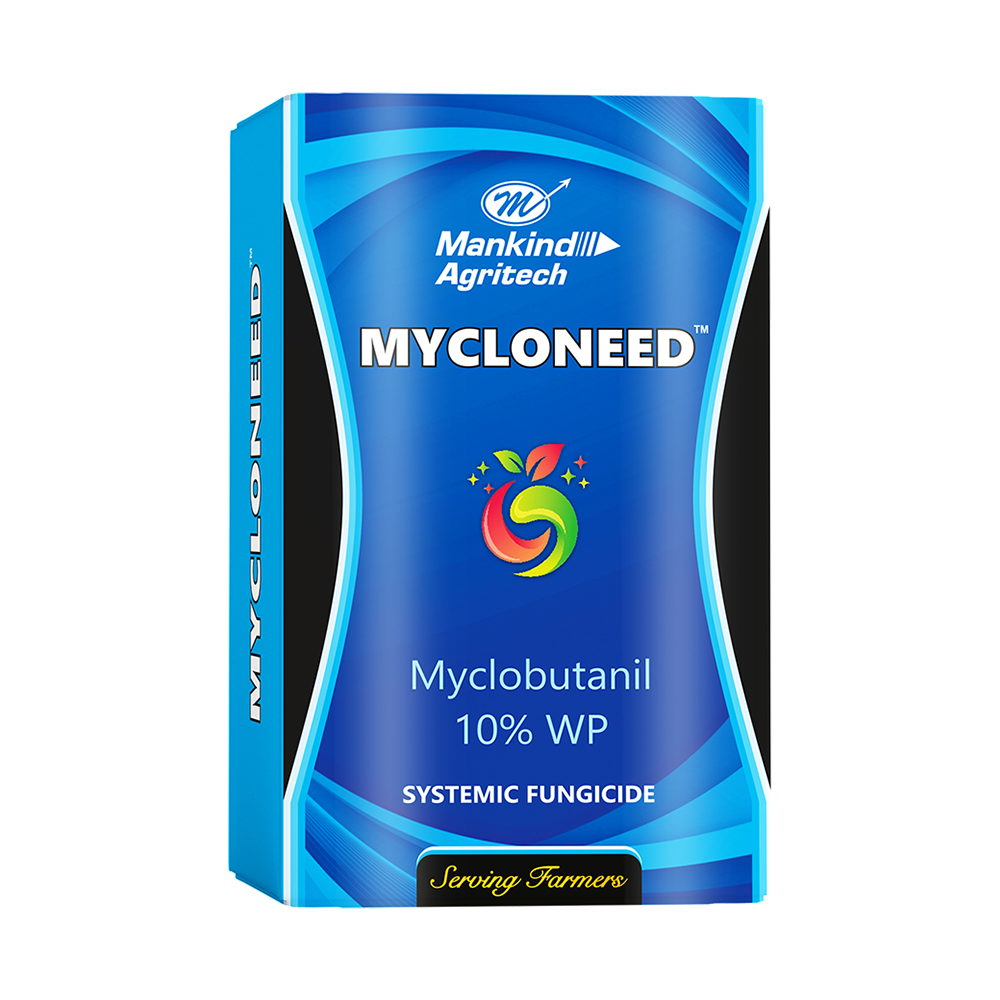Paddy farming is a crucial part of India’s agriculture, contributing significantly to the country’s food supply. However, one of the biggest challenges that farmers face is the outbreak of fungal diseases, which can severely impact crop yield and quality. This is where fungicides come into play. Choosing the best fungicide for paddy in India can protect crops from harmful diseases and ensure a healthy harvest.
In this article, we will explore the importance of fungicides, common fungal diseases in paddy, and the best fungicides for paddy farming in India.
Why Are Fungicides Important for Paddy Farming?

Fungicides are chemical or biological agents that prevent and control fungal infections in crops. In paddy farming, fungal diseases can cause severe damage, reducing both the quantity and quality of the yield. Proper use of fungicide for paddy can:
Protect crops from diseases like blast, sheath blight, and brown spot.
Improve crop yield by maintaining plant health.
Increase resistance against fungal infections.
Enhance the overall quality of rice grains.
Using the right fungicide at the right time can help farmers prevent major crop losses and ensure a profitable harvest.
Common Fungal Diseases in Paddy

Before selecting the best fungicide for paddy in India, it is essential to understand the common fungal diseases that affect paddy crops. Here are some of the most prevalent ones:
Rice Blast (Magnaporthe oryzae)
Rice blast is one of the most destructive diseases in paddy farming, affecting leaves, stems, and grains. It appears as diamond-shaped lesions on leaves and weakens the plant structure, leading to yield losses.
Sheath Blight (Rhizoctonia solani)
This disease causes large, irregular brown lesions on the sheath and leaves of the paddy plant. High humidity and excessive nitrogen fertilizer use increase the risk of sheath blight.
Brown Spot (Bipolaris oryzae)
Brown spot disease leads to the formation of small, brown circular spots on paddy leaves. It weakens the plant and reduces the grain quality, affecting market value.
False Smut (Ustilaginoidea virens)
False smut is characterized by yellowish-green spore balls on rice grains, affecting seed quality and overall crop yield.
Grain Discoloration
This fungal infection leads to discoloration of rice grains, reducing the market value and overall quality of the harvest.
Best Fungicide for Paddy in India
Selecting the right fungicide for paddy is crucial to controlling these diseases effectively. Here are some of the most effective fungicides used by farmers in India:
Tricyclazole 75% WP
Usage: Best for controlling rice blast disease.
Mode of Action: Systemic fungicide that prevents fungal spore germination.
Application: Spraying during early disease stages ensures effective protection.
Propiconazole 25% EC
Usage: Effective against sheath blight and brown spot.
Mode of Action: Systemic fungicide with curative properties.
Application: Applied as a foliar spray at early signs of infection.
Hexaconazole 5% SC
Usage: Controls sheath blight, rice blast, and other fungal infections.
Mode of Action: Prevents fungal cell membrane synthesis, stopping disease spread.
Application: Used at early disease stages for better results.
Carbendazim 50% WP
Usage: Works against multiple fungal diseases, including brown spot and blast.
Mode of Action: Systemic fungicide that inhibits fungal growth.
Application: Regular foliar spray is recommended for disease prevention.
Azoxystrobin 11% + Tebuconazole 18.3% SC
Usage: Broad-spectrum fungicide for paddy diseases.
Mode of Action: Combination of preventive and curative action against fungal infections.
Application: Ideal for managing blast, sheath blight, and false smut.
Mancozeb 75% WP
Usage: Contact fungicide for brown spot and blast disease.
Mode of Action: Multi-site action prevents fungal infection spread.
Application: Regular spraying during vegetative growth is recommended.
Kasugamycin 3% SL
Usage: Specifically effective against bacterial leaf blight and blast disease.
Mode of Action: Inhibits fungal protein synthesis.
Application: Early spraying is crucial for effective disease management.
Best Practices for Using Fungicides in Paddy Farming
To get the best results from fungicide for paddy, farmers should follow these best practices:
Early Detection and Timely Spraying
Identifying fungal infections early and applying fungicides at the right time helps in effective disease control.
Use the Right Dosage
Overuse or underuse of fungicides can reduce effectiveness. Always follow the recommended dosage mentioned on the product label.
Rotate Fungicides
Using different fungicides in rotation prevents fungal resistance and ensures long-term disease control.
Maintain Proper Water Management
Excessive water in fields can create favorable conditions for fungal growth. Proper drainage is essential.
Follow Integrated Pest Management (IPM)
Combining fungicides with other disease control methods, such as resistant seed varieties and cultural practices, improves overall disease management.
How to Choose the Right Fungicide for Your Paddy Crop?

With multiple fungicide options available, selecting the most effective one for your paddy crop can be challenging. Here are some key factors to consider when choosing a fungicide for paddy:
Identify the Disease
Different fungicides target specific fungal infections. Inspect your crop for symptoms and choose a fungicide that specifically treats the disease affecting your paddy field.
Consider the Mode of Action
Fungicides work in different ways—some are systemic (absorbed by the plant), while others are contact fungicides (stay on the plant surface). For long-term disease control, systemic fungicides like Tricyclazole or Propiconazole are effective, while Mancozeb is a good preventive option.
Look for Combination Fungicides
Using fungicides with dual modes of action, such as Azoxystrobin + Tebuconazole, provides broader protection and reduces the chances of resistance.
Environmental Safety
Choose fungicides that have minimal impact on beneficial organisms and do not leave harmful residues on crops. Always follow safety guidelines to ensure environmental sustainability.
Cost and Availability
While selecting the best fungicide for paddy in India, consider its affordability and local availability. Investing in high-quality fungicides from reputable manufacturers like Mankind Agritech Limited ensures better disease control and improved yield.
By carefully evaluating these factors, farmers can make informed decisions and effectively manage fungal diseases in paddy farming.
Conclusion: Choosing the Right Fungicide for Paddy Farming
Selecting the best fungicide for paddy in India depends on the type of fungal disease affecting the crop. Tricyclazole, Propiconazole, Azoxystrobin, and Mancozeb are some of the most effective options available. Farmers should use fungicides at the right stage, follow recommended dosages, and adopt integrated pest management strategies to ensure healthy crop growth.
For high-quality fungicides and reliable solutions for paddy disease control, Mankind Agritech Limited offers a range of effective and tested products. Their expertise in agricultural solutions helps farmers maximize crop yield and ensure a profitable harvest. With the right fungicide and proper management, paddy farmers can protect their crops from fungal diseases and achieve better productivity.

